Mavs Film Room: How Small-Ball Gives Doncic Edge vs. Suns
The Dallas Mavericks got off to a slow start against the Phoenix Suns in their 121-114 loss in Game 1. They trailed 22-7 in the first seven minutes. A fourth-quarter rally got the Mavs within striking distance, but the slow start proved too costly.
“Just figure out what we did wrong, play the game from the start instead of waiting, instead of easing into the game,” Mavericks guard Jalen Brunson said. “But give them credit. We just got to bounce back."
Luka Doncic finished with a staggering 45 points, 12 rebounds and eight assists, but he didn't get enough help from the supporting cast. Adjustments will be needed for Game 2 in order to get off to a quicker start and not be put in a position to play catch up.
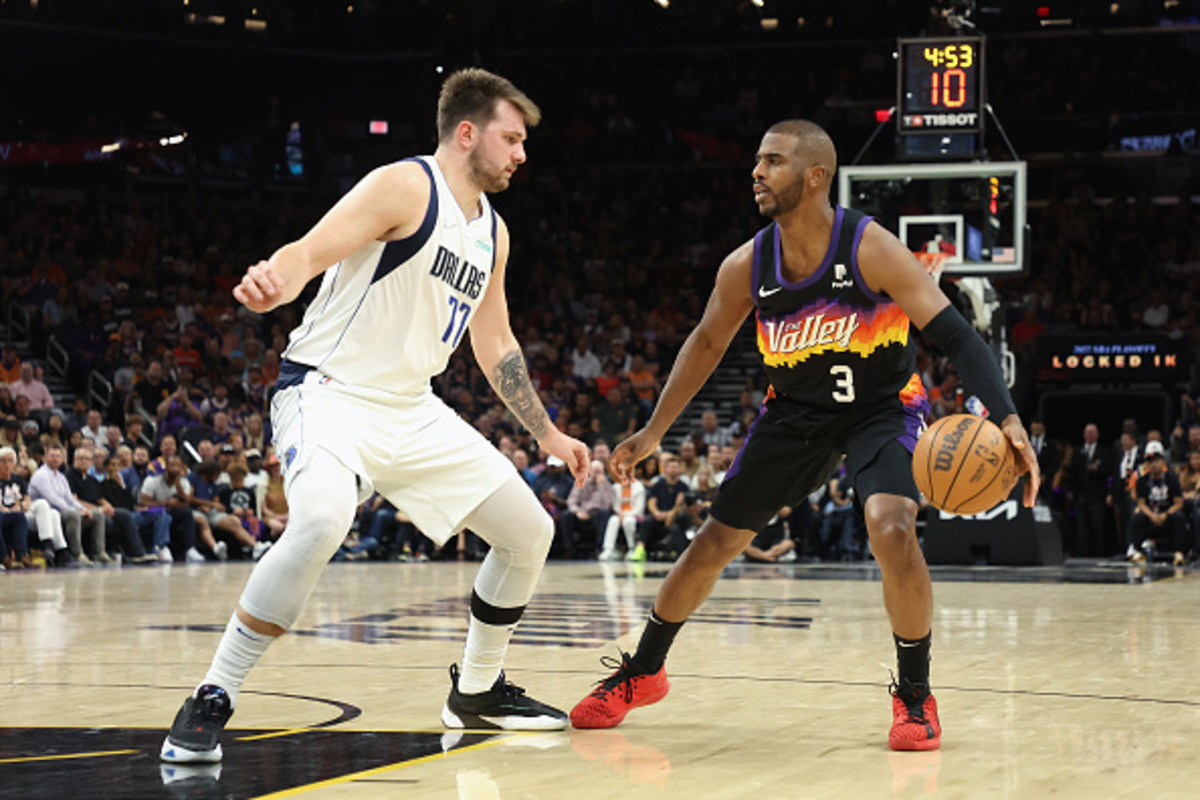
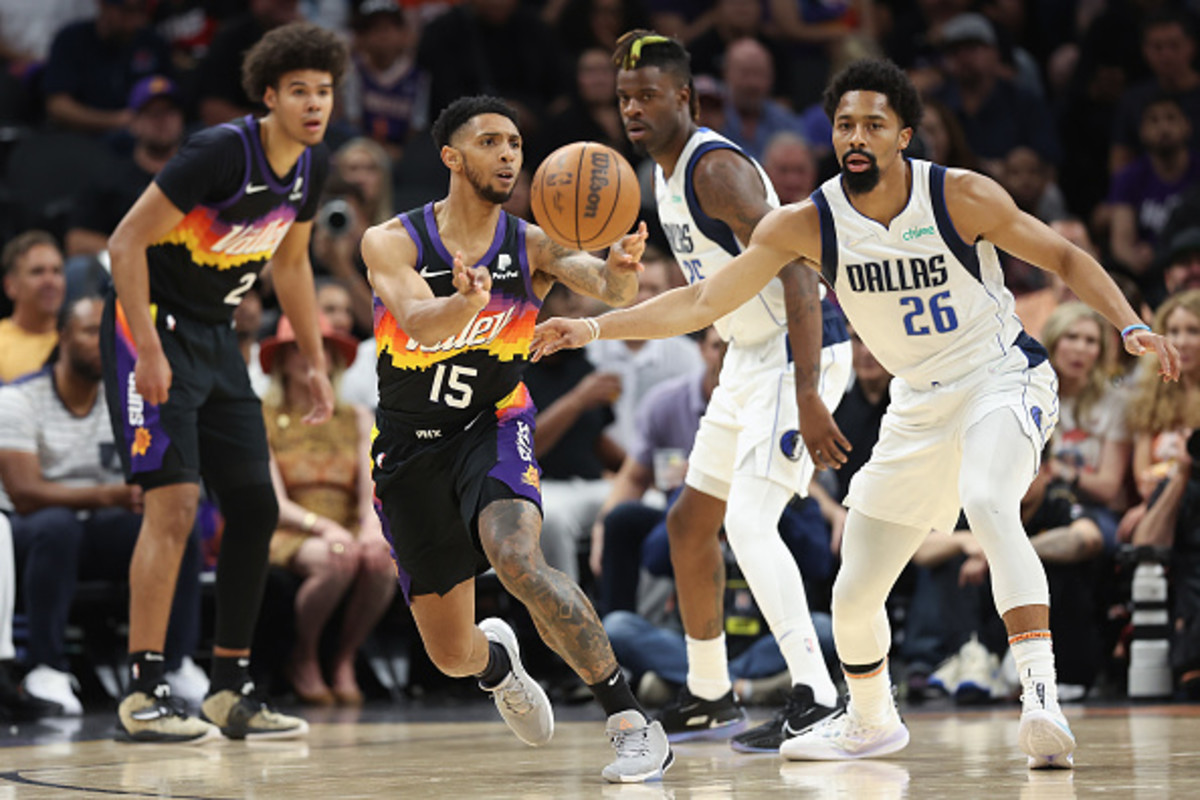
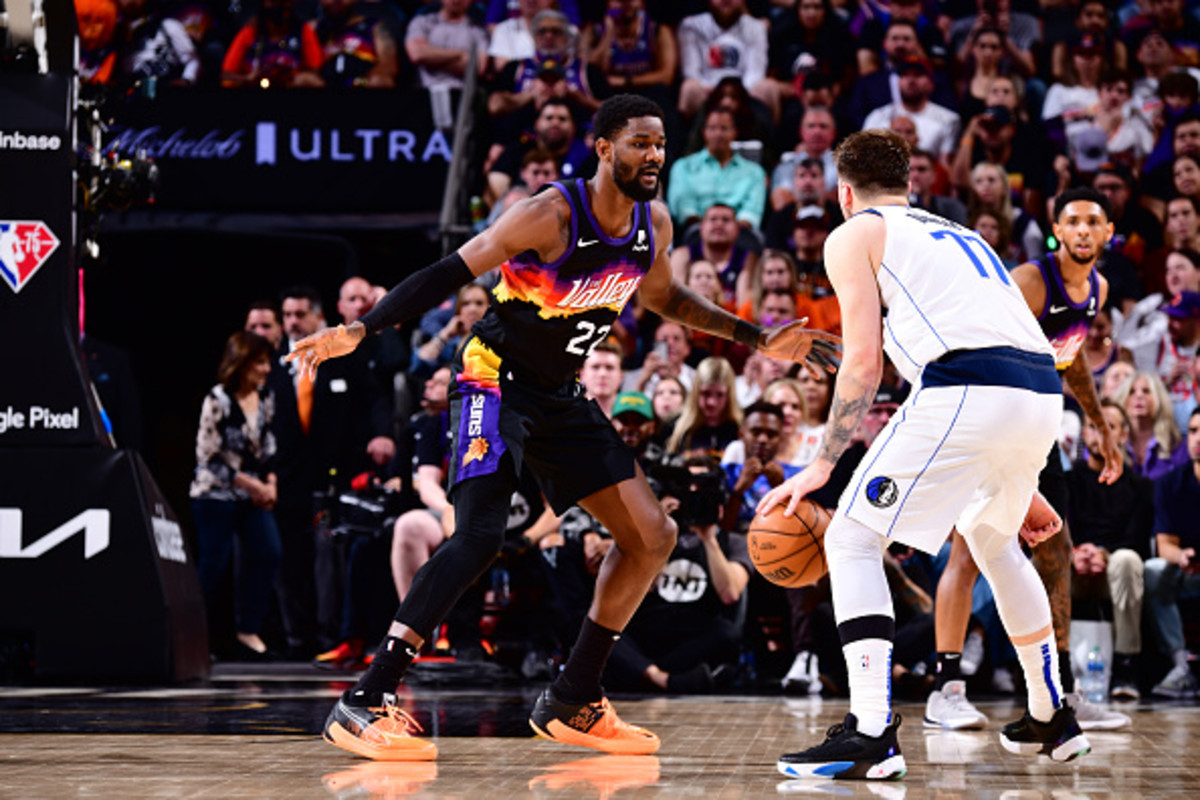
The Mavericks' hero of the first round, Jalen Brunson, finished with 13 points on 6-16 from the floor and 0-1 from beyond the arc. The only players to reach the 15-point threshold other than Doncic were Maxi Kleber and Dorian Finney-Smith, with 21 of their combined 34 points resulting from made 3s.
It was clear from the first possession that the Suns came prepared for the Mavericks. Chris Paul was responsible for guarding Reggie Bullock — the back screener in the sequence — to begin the possession. Instead of staying attached, Paul switched to stay in a position to contain Doncic. Phoenix continued that strategy.
With Dwight Powell on the floor, Doncic had to attack downhill at times with Mikal Bridges as the on-ball defender, resulting in tough shot attempts against length without much space to operate. It's similar to the challenges of having Powell on the floor against the Jazz with Rudy Gobert, but a key difference was deploying Stack pick-and-roll as a counter in that series.
A big part of what makes Doncic such a special player is his ability to adapt on the fly. He adjusted against Bridges by snaking a ball screen to get into the gap, setting up a step-back in mid-range. However, the ceiling for a half-court offense where the best play is taking tough mid-range looks while the big is neutralized and off-ball defenders stay home on shooters is low.
The Suns are able to pre-rotate an extra defender when Powell is on the floor since they have confidence Deandre Ayton can handle any weak-side action if a pass were to get through. Even when a switch is drawn to get Doncic guarded by Paul, Bridges can be waiting for him deep on the drive.
The Suns can load up in the gap with the nearest wing defender one pass away, too. It becomes challenging for Doncic (or any ball handler) to get an advantage out of such a play. The Suns essentially showed they aren't going to go with the approach of letting Doncic get his points and daring others to beat them.
It's not just about the challenges that are presented to Doncic that make playing a non-shooting 5 challenging. When role players like Dorian Finney-Smith overlook chances to finish and are seeking an outlet on their drives, the Suns will take away the corner pass.
There was a significant change of momentum in the first quarter when the Mavericks made a personnel change. The Mavericks trailed 18-6 with 6:09 left when Jason Kidd decided to sub in two shooting threats in the frontcourt in Maxi Kleber and Davis Bertans. While it didn't spark an immediate shift in results, Dallas started to find some success.
In the reel below, there's a clear difference by having Kleber in place of Powell. Doncic was able to get into the paint to make the defense pick its poison, and it was easier to draw the big on a switch or simply get to the rim in semi-transition by spacing out.
The formula became clear for the Mavericks; maximize floor spacing around Doncic and let him work his magic. The techniques used against the Jazz to overcome the impact on floor spacing with Powell on the floor simply were not going to work against the Suns.
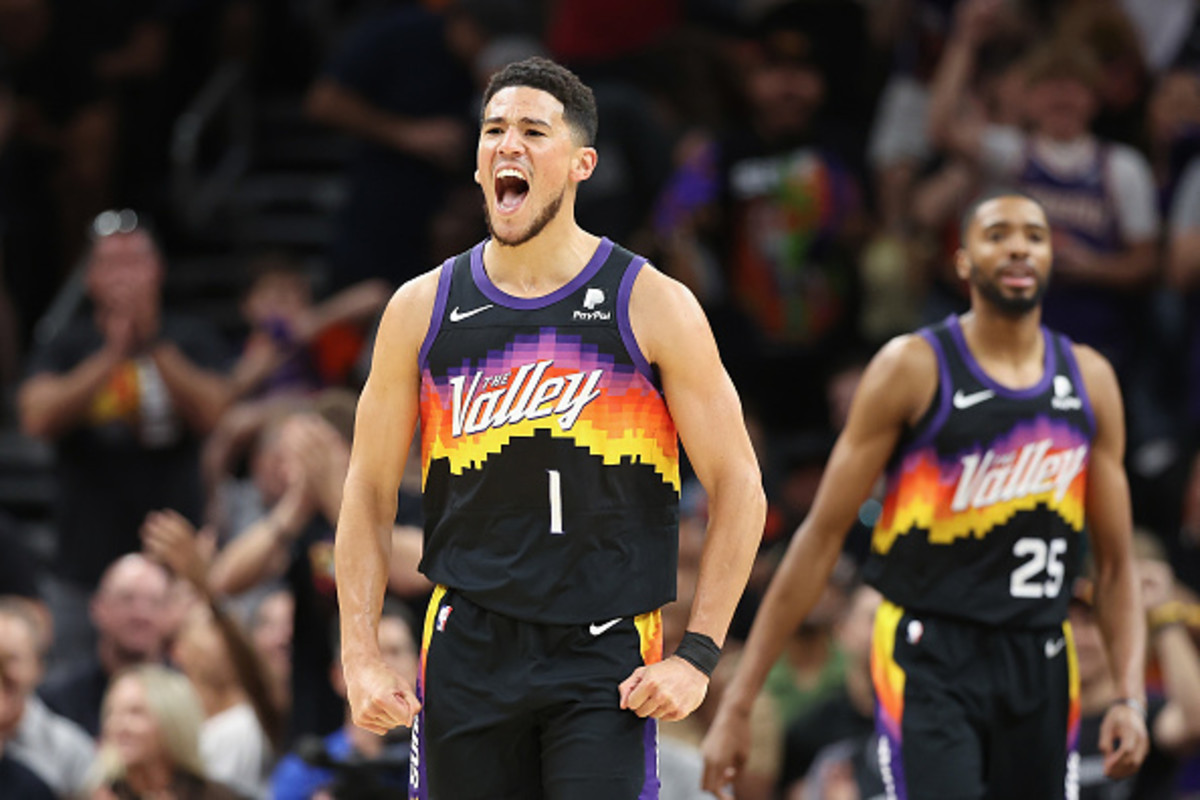
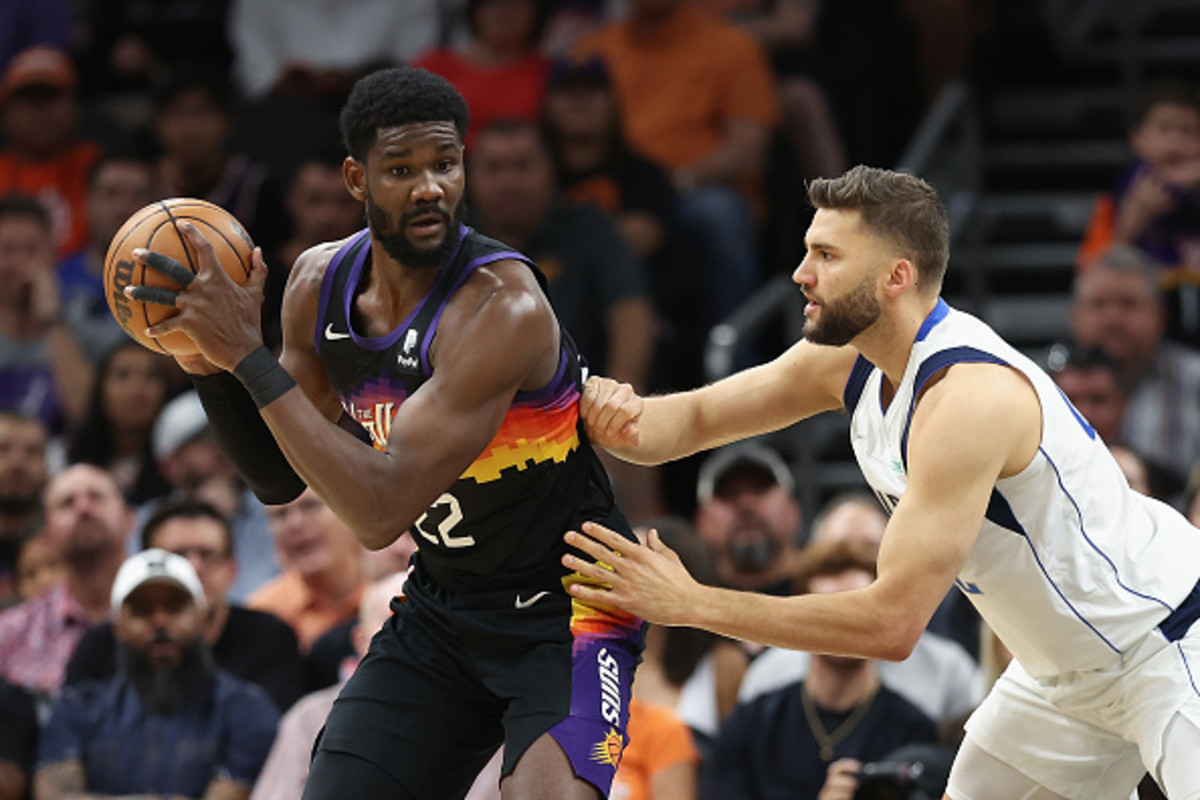
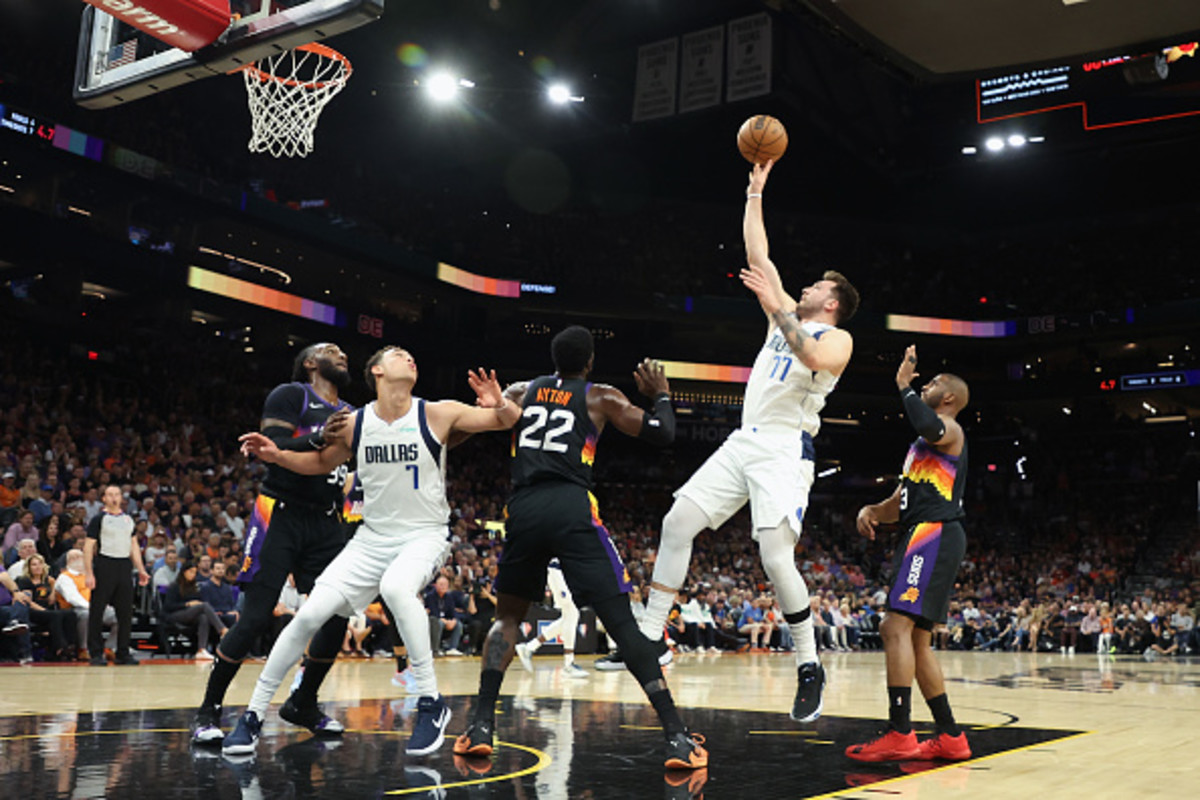
The Mavericks opted to go without having Powell or Kleber on the floor for much of the fourth quarter. Dallas went with super small-ball lineups as of the 10:12 mark of the final frame when facing a 102-83 deficit and outscored the Suns 31-12 the rest of the way.
With the Suns having no shortage of longer wings to defend the point of attack, the Mavericks were struggling throughout the game to consistently create an advantage when turning the corner for drives. Going with super small-ball lineups opened the floor significantly.
With the need to respect every player on the floor as a shooting threat, the Suns opted to soft switch on the perimeter — even when a big man was involved. While JaVale McGee came up with a highlight steal on one isolation possession against Doncic, the Mavericks can consistently have an advantage for their guards in these situations.
The Mavericks showed an intriguing flash of drawing Paul on a switch having to guard Doncic in the post on an inbounds play. Every defender on the floor has to keep tabs on their man and be ready to help. Finney-Smith capitalized on an opportunity to cut to the basket and Doncic found him.
It's easier for the Mavericks to play faster when Finney-Smith is at the center spot. The Suns clearly were prioritizing containing the paint early in semi-transition, which afforded Dallas guards chances to find shooters on early passes or on drives after drawing help.
There still are some limitations the Mavericks face when they go with Finney-Smith at the 5. Brunson will still have to manage to score against longer defenders, regardless of how big the gap is in the defense for him to get the opportunities to do so.
While the Mavericks didn't have Doncic for their Game 1 loss to the Utah Jazz in the first round, there still were clear signs that going with small-ball combinations could lead to greater results. The fourth quarter of Game 1 against the Suns showed the same.
If the Mavericks were to use super small-ball lineups earlier in Game 2, they will need to be prepared to handle Ayton. He was getting what he wanted against bigs and finished with 25 points on 12-20 shooting. However, he went scoreless in the final period, missing all four of his shots.
It's possible the Suns could choose to take advantage of Ayton having an even greater size advantage when the Mavericks use Finney-Smith as the 5. However, Ayton isn't necessarily a power player and at least Finney-Smith's quickness allows him to close Ayton's space on the catch faster — taking away those easy stop-and-pop jumpers he likes.
Something to keep in mind, Finney-Smith's 7-foot wingspan affords him the necessary length to not only pressure Ayton's catch-and-shoot jumpers, but also his finishes and turnaround jumpers, too.
Again, Finney-Smith is unlikely to outright shut down Ayton, but playing him at the 5 at least doesn't come out as being significantly worse than the alternative. The Mavericks taking their chances in these situations while maximizing their speed as a unit and benefiting from the added spacing on the other end is a tradeoff worth considering.
The gamble is a super small-ball lineup could force the Suns' hand on weighing trading 2s for 3s. If that were to occur, Ayton will naturally get fewer post touches anyway — reducing the value of the size advantage. However, those 3s better be dropping for the Mavericks.
